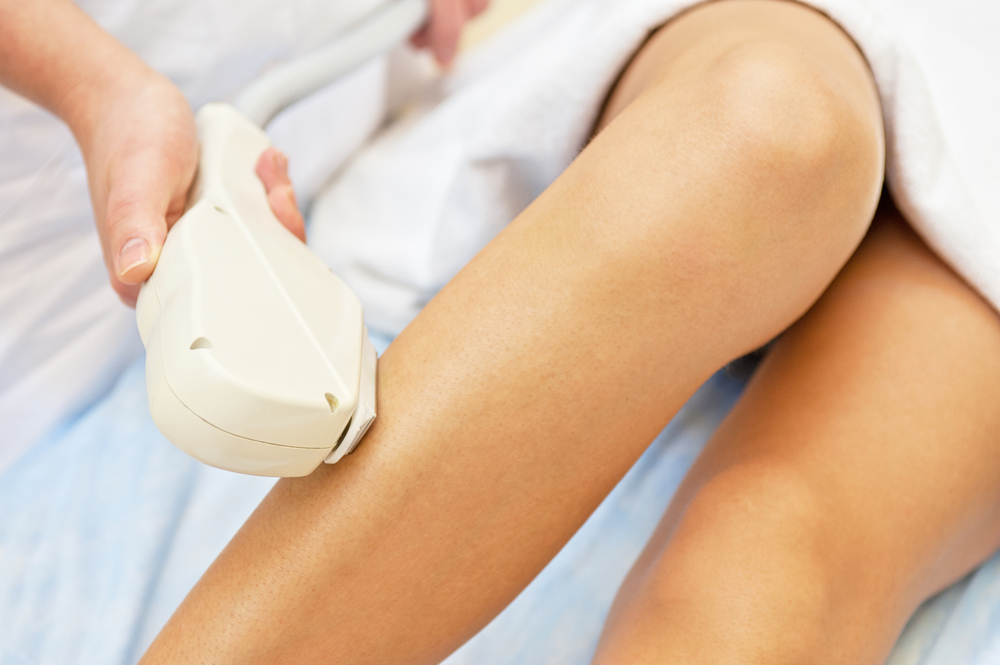Some people may have deformed or shortened fingers and toes or relatively smaller hands and feet. One such deformity affecting the hands and feet is brachydactyly.
Most people having brachydactyly may not experience any symptoms and hardly know that they have this condition. In some people, the deformities may be severe and may experience hindrance to everyday living.
Brachydactyly is a genetic condition that is usually benign, occurring in approximately 2% of the population.
What is Brachydactyly?
Brachydactyly is a congenital anomaly of the fingers and toes. People with this disorder have disproportionately shortened digits due to abnormal development of fingers, toes, or both. Brachydactyly is a genetic disorder, and for most people, it does not cause any problems in everyday living.
There are multiple forms of brachydactyly that affect the hands and feet differently. Some forms have shortened tubular bones in the hands and feet, and some result in short stature or affect the joint function.
Generally, there is no specific management or treatment for brachydactyly. Plastic surgery may be recommended in rare cases.
Symptoms of Brachydactyly
Brachydactyly symptoms are mostly exhibited at birth, but shortened extremities may become apparent during growth and development. Generally, the fingers, toes, or both appear shorter than normal. Other malformations in the hands may also accompany reduction defects, syndactyly, polydactyly, or symphalangism.
Brachydactyly alone does not cause any pain or induce any other symptoms. However, people born with other conditions such as Down syndrome or Cushing’s syndrome may also have symptoms related to brachydactyly.
Some people with brachydactyly may experience gripping issues and trouble walking. These symptoms are uncommon unless there is no other associated condition.
Causes of Brachydactyly
Genetic Disorder
Most of the brachydactyly types are genetic that occur through gene transmission. Shortened fingers or toes can be seen among family members with this condition. This condition typically has an autosomal dominant pattern of inheritance, and a child can inherit even if only one parent has this condition. Two different mutations of a certain gene are thought to contribute to brachydactyly.
Brachydactyly can occur without any other health conditions. Most people may be unaware of this condition unless they undergo radiologic evaluation (x-ray) of their hand or foot for another condition.
Medications
It is believed that brachydactyly can be caused due to medications if a pregnant mother takes during gestation. For instance, if a pregnant mother is undergoing treatment for epilepsy or other medical conditions requiring antiepileptic medications, the baby may risk developing brachydactyly.
Lack of blood flow to the hands/feet in developing babies can also cause brachydactyly. In both cases, brachydactyly may occur due to certain drug exposures and may not be a hereditary pattern.
Congenital
Babies born with congenital disorders such as Down syndrome or Cushing’s syndrome may also have symptoms of brachydactyly. In these cases, the shortened digits are part of the overall syndrome and may affect different parts of the body.
In this case, brachydactyly is not necessarily hereditary but acquired during the development of the fetus.
Types of Brachydactyly
Brachydactyly mostly occurs as an isolated malformation but can also occur as a part of a complex congenital syndrome. There are various classifications of brachydactyly, and some types may also result in short stature. In isolated brachydactyly, subtle changes may also be present in other parts of the body.
Brachydactyly classification is done based on the affected bones and digits.
Type A Brachydactyly
In type A brachydactyly, the middle bones (phalanges) of the fingers are affected. It is further subdivided into:
- Type A1: It is also called Farabee-type brachydactyly. Middle bones of all fingers are short or rudimentary and are at times fused with terminal bones. The proximal bones are short in the thumbs and big toes.
- Type A2: It is also called Mohr-Wriedt type brachydactyly. Abnormal middle bones of the index finger, sometimes the little finger and second toes. In severe cases, the index finger may get curved radially.
- Type A3: The middle bone of the little finger is shortened or absent. It shows an autosomal dominant pattern with reduced penetrance.
Type B Brachydactyly
Type B brachydactyly affects the terminal parts of the index through little fingers. The terminal phalanx or last bone is either underdeveloped or absent with a complete absence of fingernails. Fingers on the radial side of the hand are less severely affected than the digits on the ulnar side. The thumbs are mostly intact but often exhibit flattening, splitting, or duplication of the distal bones.
The feet are also similarly affected, but less severely. The deformity is symmetric. Soft tissue symphalangism, syndactyly, carpal/tarsal bone fusions, and underdeveloped/shortened metacarpals/metatarsals may also be evident.
This type of hand malformation is said to be rare.
Type C Brachydactyly
Type C brachydactyly is rare and involves the index, middle, and little fingers.
The hand malformation is characterized by brachymesophalangy (shortening of middle phalanges) of the index, middle and little fingers with supernumerary phalanx (hyperphalangism) of the index and middle finger and shortened first metacarpal bone.
Feet are either normal or have normal brachydactyly symptoms.
Type D Brachydactyly
Type D brachydactyly affects only the thumbs and is considered to be common. Shortening of the thumb is either unilateral or bilateral. The base of the distal bone of the thumb is broader than the surface of the proximal phalanx, and the distal end of the phalanx may show some hyperplasia. All other fingers appear normal.
Great toes may be affected similarly.
Type E Brachydactyly
Shortened metacarpals and metatarsals characterize type E brachydactyly. Hands and feet have shortened bones along with shortened bottom bones in the fingers. It results in small hands or feet.
Type E brachydactyly is a rare condition if it occurs as an isolated anomaly.
Diagnosis of Brachydactyly
Clinical examination of the hands and feet may be enough to diagnose brachydactyly. Radiological evaluation will help identify which bones are shortened and determine the type of brachydactyly. In mild cases, an x-ray is the only way to determine the presence of this condition.
A full skeletal x-ray determines if brachydactyly is part of any other syndrome and determines if other bones in the body are abnormal.
Genetic testing will also be required to determine the presence of the syndrome.
Treatment for Brachydactyly
Generally, there is no specific management or treatment for brachydactyly. In most cases, no treatment is necessary. If you have an isolated condition and you are healthy, you will most probably not have any issues related to your hands or feet.
In rare instances, brachydactyly may be severe enough to lead to problems with functionality. It can affect a person’s ability to walk normally or hold things. In these cases, physical therapy is recommended, which can help improve the range of motion, strength, and functionality of the fingers and toes.
Surgery for Brachydactyly
In very rare and extreme cases, surgery may be recommended to treat brachydactyly. Plastic surgery may be indicated for cosmetic purposes or to improve functionality. Surgery is mostly recommended for people who have brachydactyly associated with another syndrome.
Risk Factors
Typically, brachydactyly is a genetic condition. Even if one parent has brachydactyly, there is a risk of their children inheriting it.
Babies born with Down syndrome or Cushing’s syndrome have higher chances of developing brachydactyly.
It is also conceived that women are more prone to develop brachydactyly than men since they are liable to the full expression of the trait than men. Hence, the symptoms are more noticeable in women than men.
Takeaway
Most people with brachydactyly won’t experience any hindrance and live a normal life. In some cases, people may feel embarrassed about the appearance of their hands or feet but are otherwise healthy.
Brachydactyly can be severe in some cases, affecting the functioning abilities to perform tasks. They may have difficulty walking or grasping things. In such cases, physical therapy and surgery may be recommended to improve overall functioning.
If brachydactyly is associated with another syndrome, the outlook varies depending on the individual situation.









